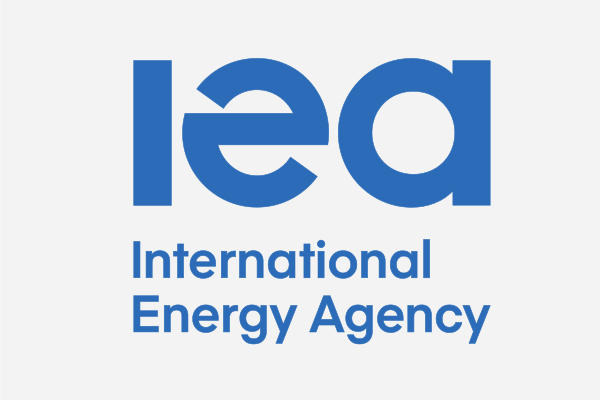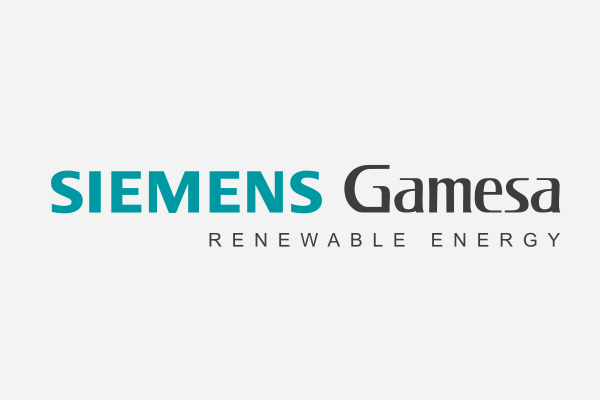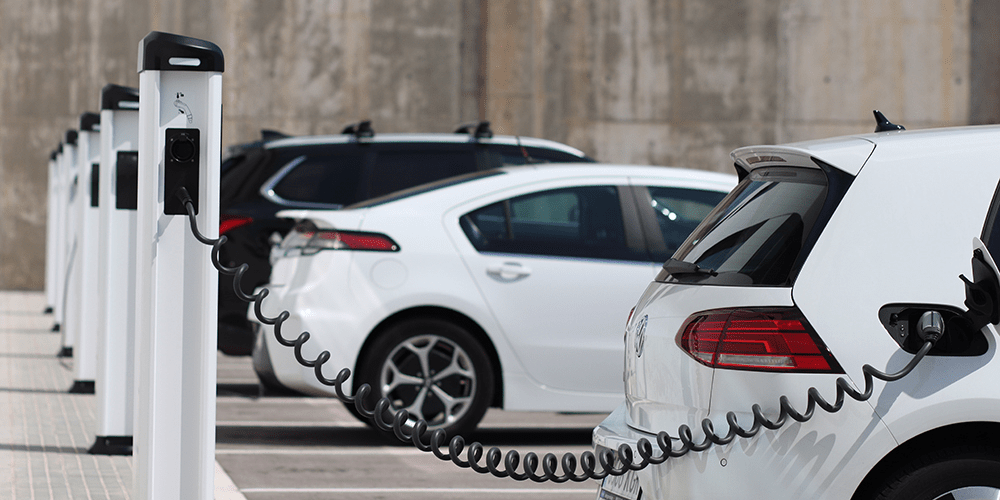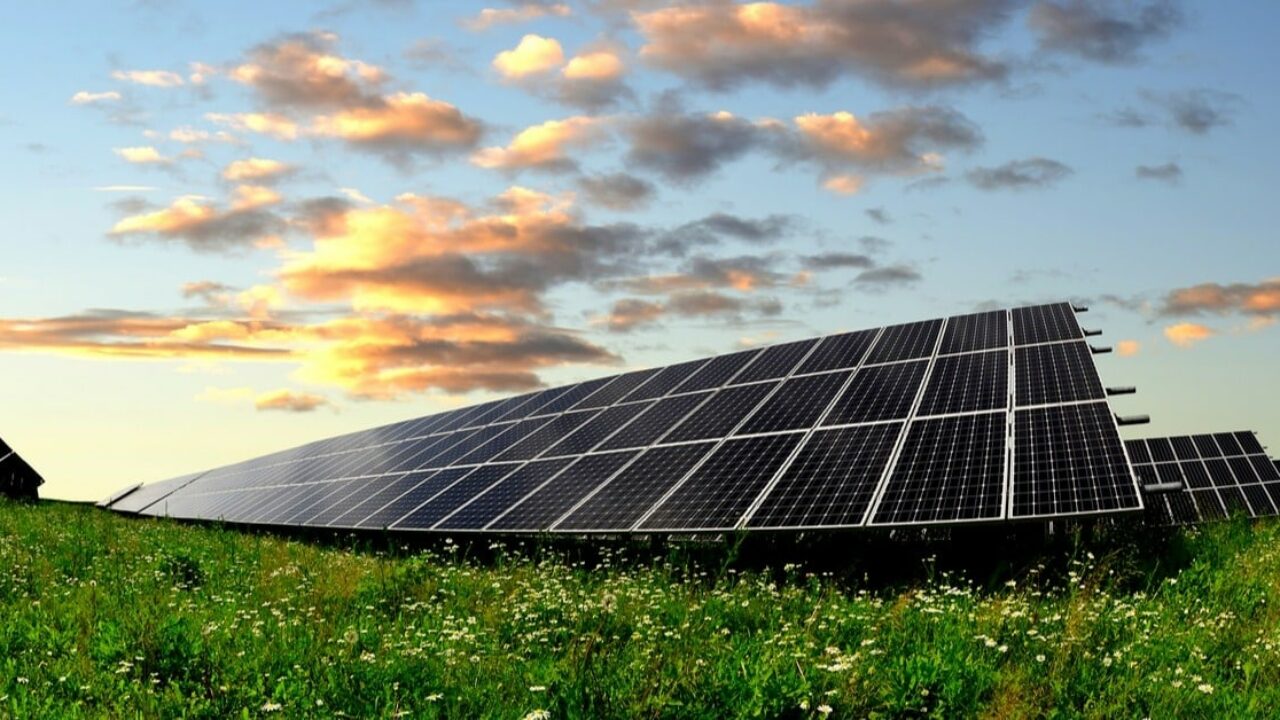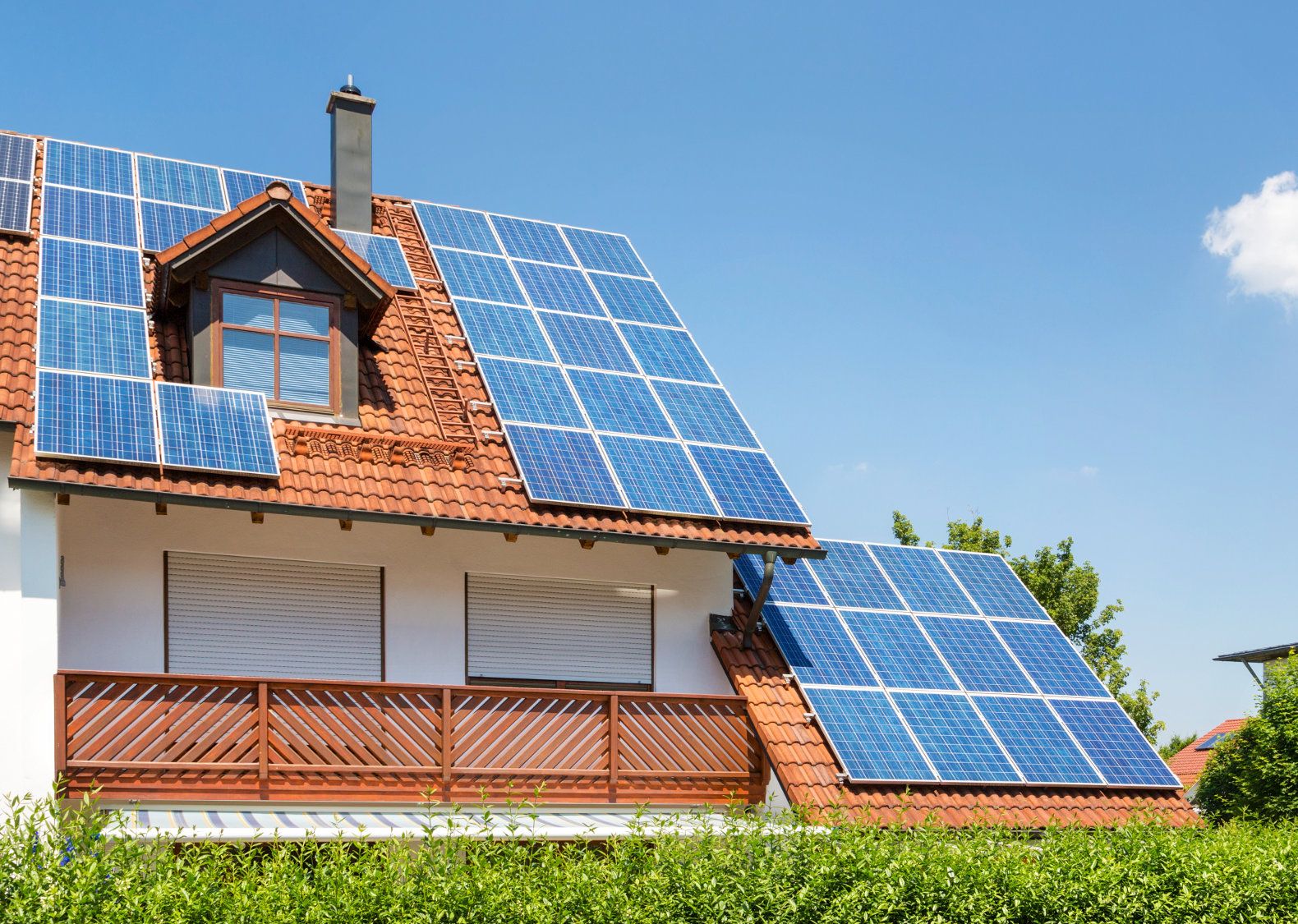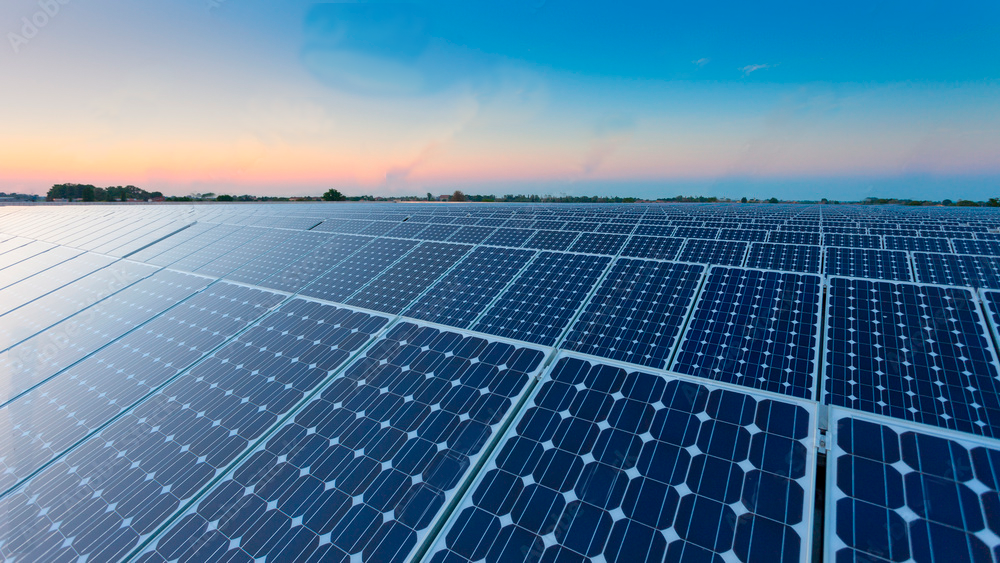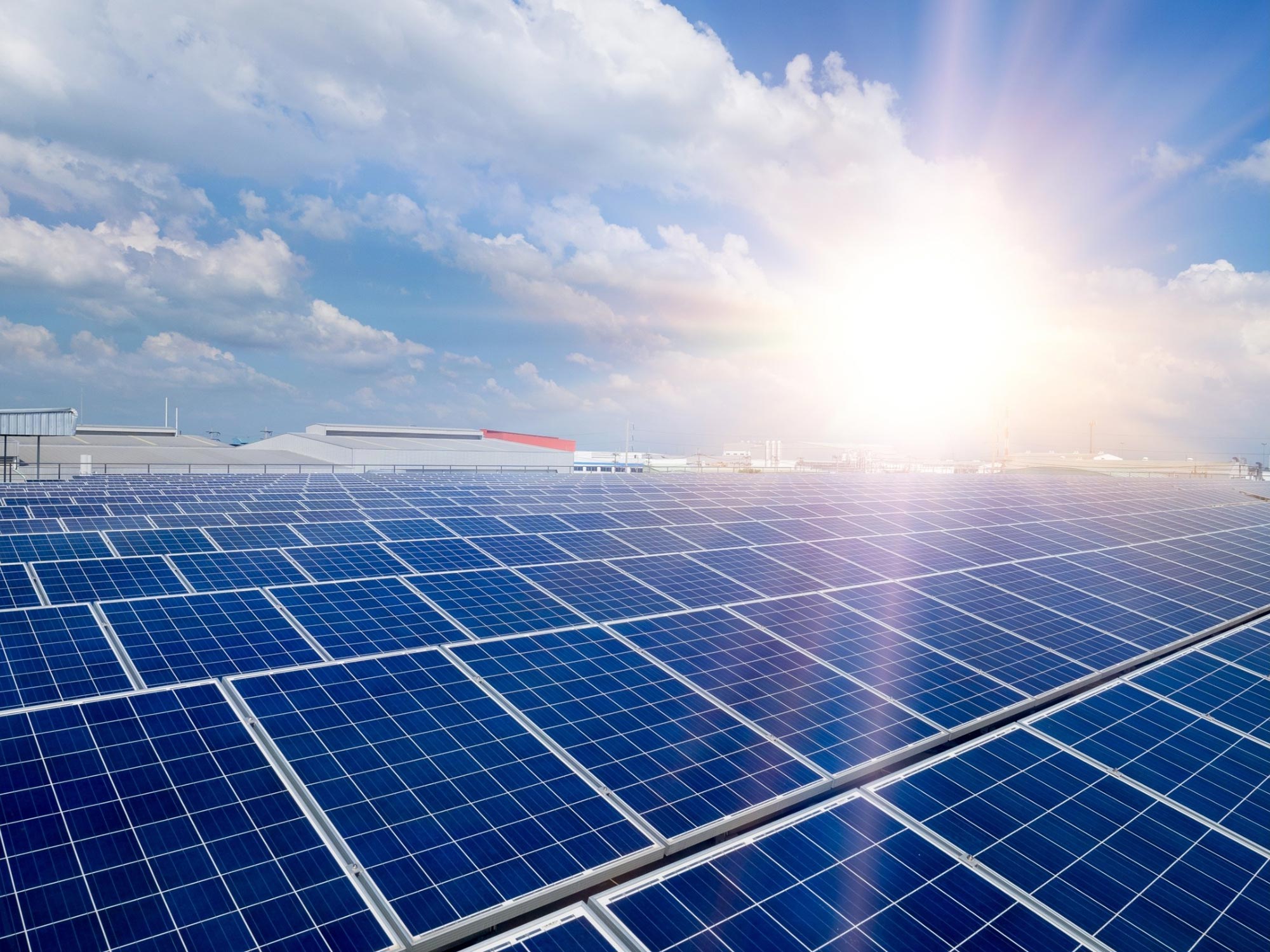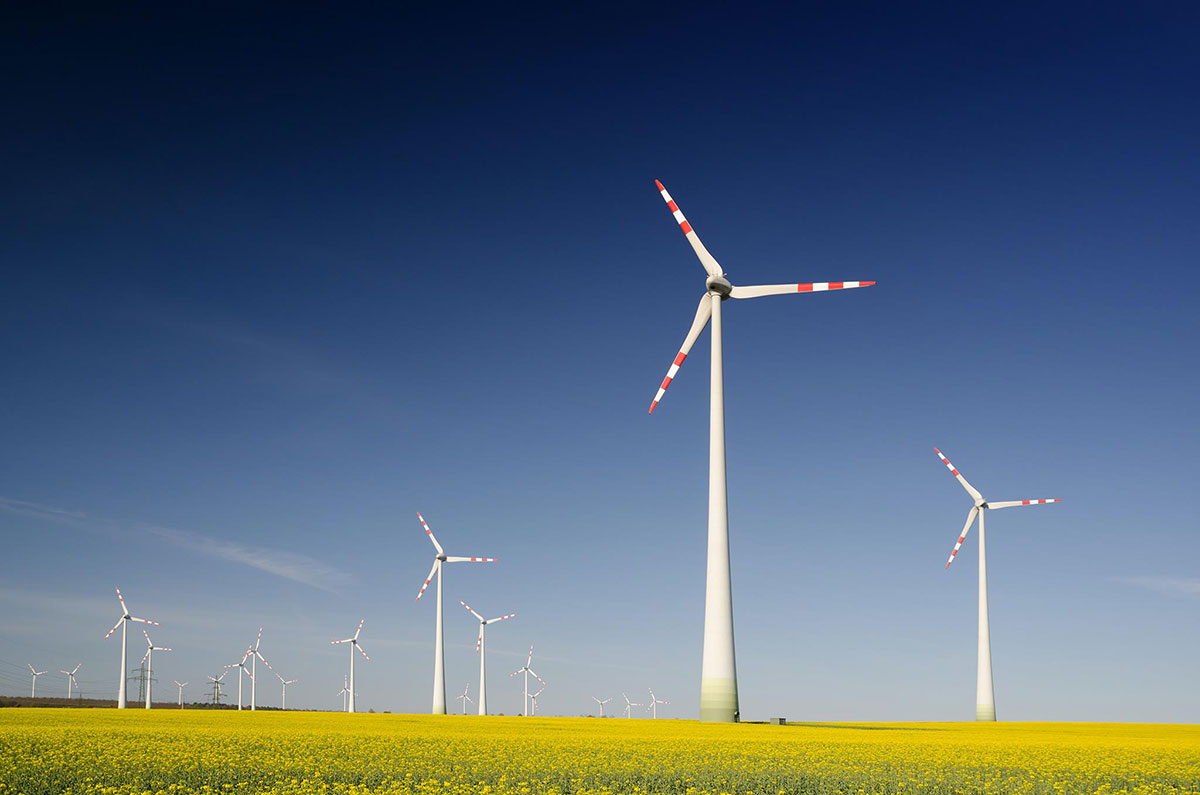Offshore wind energy is clean and renewable energy generated by harnessing the power of the wind on the high seas, where it travels at a faster and more consistent pace than on land due to the absence of obstacles.
Increased demand for renewable hydrogen
The need for low-carbon hydrogen is critical in the transition to a more sustainable future (IEA, 2019b). Because of its adaptability, offshore wind energy has the potential to contribute to the decarbonization of various industries while also serving as a low-carbon source of flexibility in power networks. Offshore wind’s high capacity factors and growing cost-competitiveness suggest that it might play a major role in the generation of low-carbon hydrogen. Today, around 70 million tonnes (Mt) of hydrogen are utilized each year, primarily in oil refining and chemical manufacturing, although it is virtually entirely derived from fossil fuels. Through sector coupling, using low-carbon power sources to create hydrogen might help to promote a sustainable energy transition. Low-carbon hydrogen, for example, may be utilized to cut CO2 emissions in difficult-to-abate industries like iron, steel, and chemicals. It might also be utilized in transportation, where hydrogen-powered fuel cell electric cars would be well adapted to large trucks, and where low-carbon hydrogen could have further applications in aviation and shipping. Offshore wind projects devoted to producing local, renewable-based hydrogen might offer considerable cost savings over those that use direct grid energy. This is due, in part, to the fact that specialized offshore wind farms would benefit from cost savings by eliminating the requirement for transmission. For example, the LCOE of offshore wind in the European Union in 2030 is expected to be in the $40-70/MWh range (with a 4% WACC), but just $30-50/MWh without transmission. With average EU retail industrial power prices expected to be about $130/MWh, offshore wind may save 60-80 percent on electricity input costs. Because of the high upfront capital expenditures of electrolysers, they must be run as frequently as possible to be economically viable, and the high yearly capacity factors given by offshore wind would be ideal for this
Achieving environmental goals
In the Stated Policies Scenario, the fifteen-fold increase in global offshore wind power contributes to the decarbonization of energy supply in a number of major markets. The average CO2 intensity of power generation falls by more than one-third during the next two decades. This maintains associated CO2 emissions stable in the face of 2.1 percent annual demand increase. Without offshore wind’s rising contribution, total world CO2 emissions would be approximately 5 gigatonnes (Gt) greater over the next two decades, assuming that its lost production was replaced by the average of the present power generation mix. Offshore’s important role in the European Union would be particularly difficult to replace. In the absence of offshore wind, increasing generation would result in an additional 1.4 Gt of CO2 emissions in the European Union, 0.5 Gt in the United States, and 1.7 Gt in China from 2019 to 2040. (Figure 32)
An additional 790 TWh of offshore wind helps save 2.5 Gt CO2 emissions from 2019 to 2040 in the Sustainable Development Scenario. These CO2 emissions reductions are mostly occurring in China, the United States, and India as a result of increased offshore wind development. They are equivalent to half of the saved emissions due to nuclear power in the transition to a more sustainable energy route. The increased use of offshore wind also reduces air pollution emissions. Offshore wind development in China helps to minimize the usage of coal-fired power generation near major population centers in the country’s east and south. Offshore wind helps India and Southeast Asian countries reduce their dependence on coal-fired electricity generation. Offshore wind displaces some gas-fired power generation and the emissions associated with it in the United States and Europe.
Enhanced energy security and affordability
The features of offshore wind in the electricity sector enable it to contribute to system adequacy in a way that is unique among variable renewables. As a result, it has the potential to play a significant role in maintaining power security throughout renewable energy transitions. By increasing self-sufficiency and energy affordability, offshore wind can boost energy security in places that rely on imported fuels for power generation. A 1 GW offshore wind farm, for example, could replace 0.8 billion cubic meters of imported gas to provide the same amount of energy as an efficient gas-fired power station. At average spot pricing for liquefied natural gas in 2018, such an offshore wind project would cut yearly import fuel expenses in Japan by more than $300 million and in Europe by $220 million. In the Stated Policies Scenario, however, if all electricity production from offshore wind were instead generated using efficient gas-fired power generation, additional gas import bills in Japan would be over $400 million per year, close to $1.9 billion in Korea, and nearly $15 billion in the European Union.
Offshore wind’s competitiveness allows for the production of low-carbon energy and hydrogen at a lower cost than would otherwise be achievable. Both of these are essential to achieving environmental objectives. Without offshore wind growth, efforts to decarbonize energy in the European Union, China, and the United States would have to rely more heavily on onshore wind and solar PV. Overall, offshore wind makes energy transitions more cheap, reduces the constraints of growing flexibility demands, and may eventually speed progress toward decarbonisation.
Offshore wind is a developing technology that can assist in accomplishing environmental goals while also adding to power security and affordability. In the Stated Policies Scenario, the rise of offshore wind extends far beyond the North Sea to markets all over the world. Offshore wind increases much faster under the Sustainable Development Scenario. The lowering costs of offshore wind encourage expansion in all scenarios, but policymakers must play a significant role in establishing the necessary circumstances for this to occur.
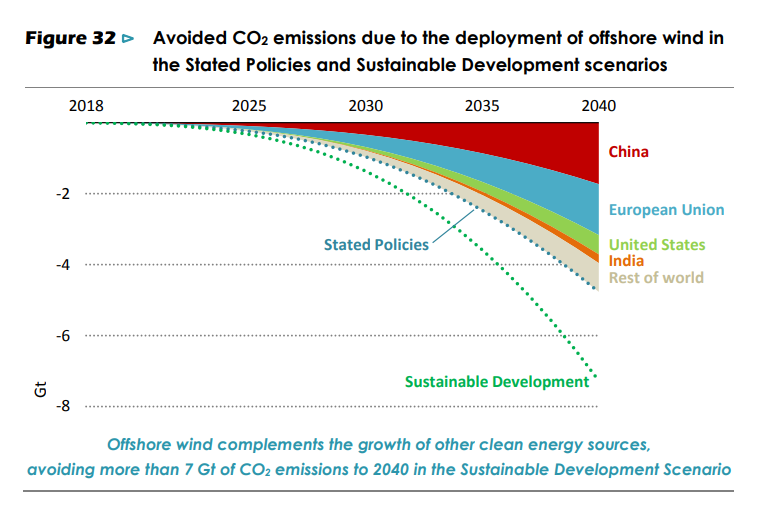
REFERENCE:International Energy Agency. (2019). Offshore Wind Outlook 2019. France: International Energy Agency.
















